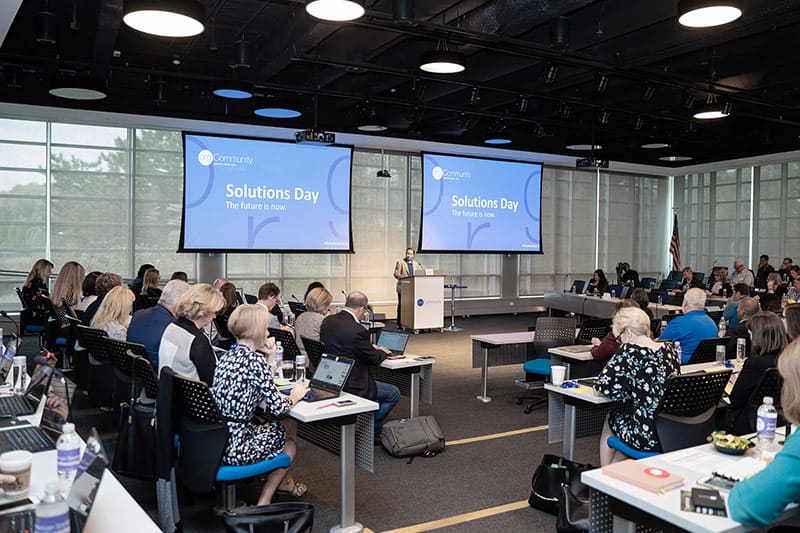When asked about writing for digital platforms, three “Fs” always come to mind: fast, front-loaded and friendly content. “Fast” means making information quick to find and digestible; “front-loaded” refers to revealing up front what the topic is about and why it’s valuable to the reader; and “friendly” indicates writing in a conversational tone.
But perhaps most important these days is a fourth “F” – “findable.” Content that gets noticed on search engines is successful content. With Google processing 40,000 queries every second, according to Internet Live Stats, you must ensure your content rises to the top of online searches. How can you get your content discovered, and discovered by the right people? By developing a Search Engine Optimization strategy.
SEO is a method of getting content noticed, analyzed and then indexed by various search engines. The biggest factor in improving SEO may surprise you. It’s not a technical trick, it’s having quality content that reflects what is most important to your audiences.
Put your content through the “value” test by asking:
- Is my content relevant, effective, unique and concise across the whole site and on each page?
- Is my content presented in such a way that the audience knows “what’s in it for them” and “why they should care?”
- Does my content clarify or simplify processes?
- Does my content contain a call-to-action, such as calls to register for a conference, donate to a cause, pay dues, or search education?
To get your content noticed on search engines, start by improving your existing content. Begin with web pages that get the most traffic. Then as you create more content in the future, optimize as you go. Here are specific tips for helping your content rank better, keeping in mind significant SEO ranking factors according to Branded3:
- Establish page-level keywords and content-based metrics. Keywords tell the search engine what is important on your site. Good keywords will net an average of 100 or more monthly searches. They should be included in page titles, descriptions and headers. If your page isn’t relevant for the query

SEO and doesn’t answer the user’s intent, you don’t rank.
- Improve page load speed. The faster page usually wins. De-duplication of content across the website increases speed.
- Use responsive design. Brands without mobile websites in 2018 are at the tail-end of the “laggards” phase.
- Link content from other channels back to your website. This includes your email blasts, content in newsletters and social media channels.
- Remove any “click here” content and replace it with the content you are linking to. For instance, make “register for the annual meeting” a link.
- Verify, correct real-world business information. The combined traffic-driving power of voice search, Google Maps, etc. is immense, and it relies on the accuracy of the information it’s being fed. Clean and own your data across the web, such as WikiData and location data.
- Test with Woorank. Woorank will evaluate search engine data, website structure, and site performance. A ranking lower than 40 means the site needs improvement. A ranking above 70 is a good mark and means that your website is probably well optimized.
Above all, commit to having the best possible answers on your website for your industry’s burning questions and constantly improve all pages—even your best-performing ones. Your audiences will thank you.
.orgSource helps organizations optimize their digital reach. Call on us for an initial free consultation.


